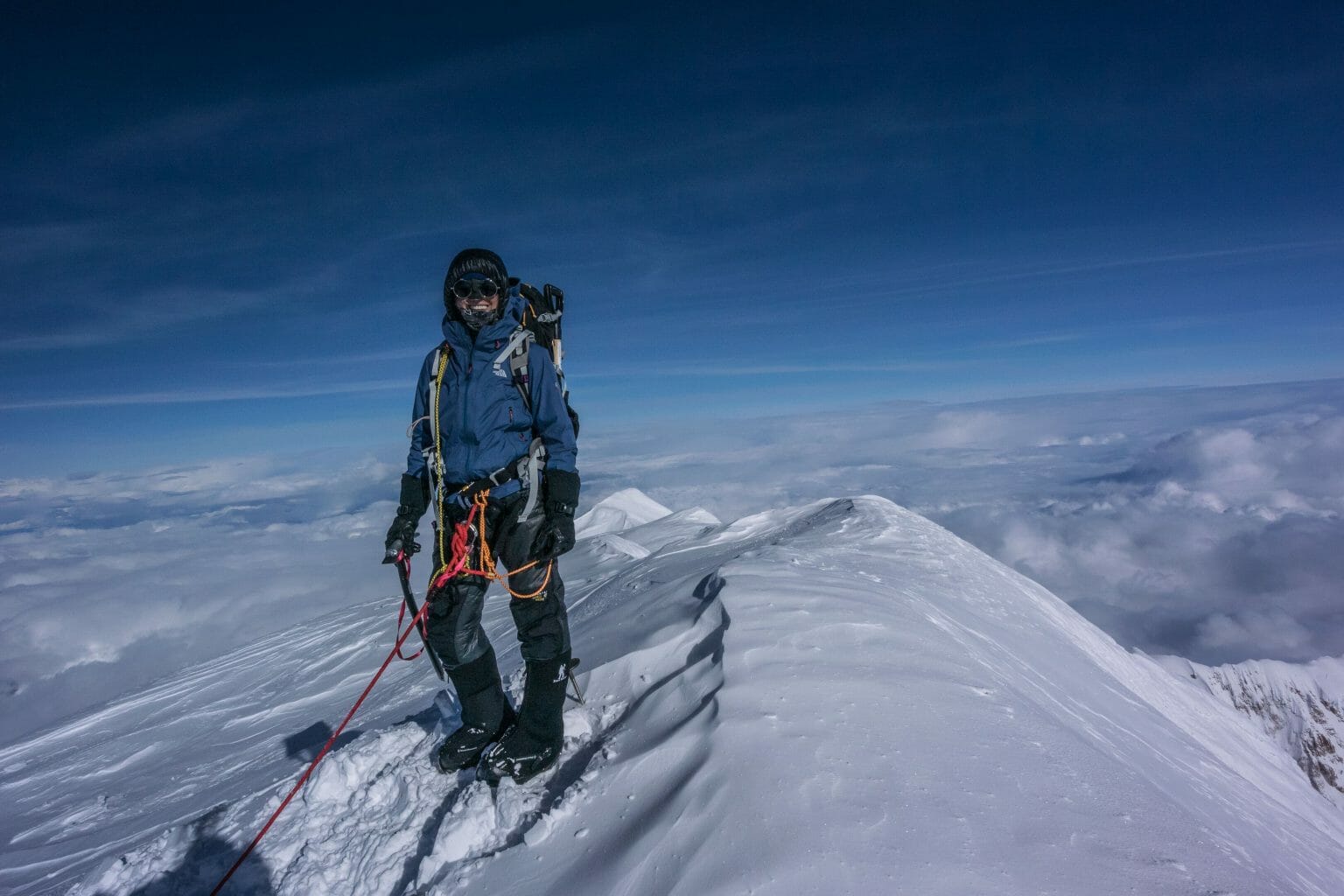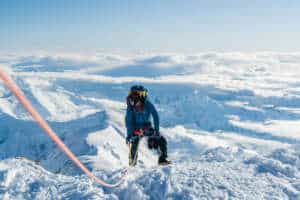Denali Climbing Checklist: Essential Gear and Preparation Tips
Introduction
Denali: The ultimate climbing challenge
Stunningly located in the heart of the Alaskan wilderness, Denali reigns supreme as the highest peak in North America. At an impressive altitude of 20,310 feet above sea level, its towering presence invites trekkers from all over the world to test their mettle on its unforgiving slopes
A climber slept
For climbers, Denali represents the pinnacle of achievement, both literally and figuratively. The remote location, harsh weather and technical challenges make it an enviable success for those seeking the ultimate adventure.
Preparation is a key factor
But upgrading the Denali is no easy feat. It requires meticulous planning, unwavering determination and, above all, respect for the formidable nature of the mountain. Proper gear and preparation are paramount to a safe and successful climb.
Prepare for success
From restraints to specialized equipment like ice axes and crampons, even experienced climbers without the proper gear need to be equipped with the equipment needed to withstand Denali’s harsh conditions can be at the mercy of the mountain’s relentless resources.
Starting the journey
In the article, we’ll delve deeper into the world of Denali climbing, exploring essentials, preparation tips, and answering frequently asked questions to help you start your own journey to the top. Get ready to conquer the North American roof and experience the thrill of a lifetime.
Understanding the challenge
An overview of the Denali environment
Denali weather is outstanding. Temperatures can also be well below freezing during the summer months. Thunderstorms and strong winds are common occurrences, posing great challenges for climbers.
The terrain in Denali is hilly and unforgiving. The terrain is dominated by glaciers, crevices and steep slopes, requiring careful and skillful navigation by climbers.
At an elevation of 20,310 feet, Denali is a formidable obstacle course. Thin air at high altitudes can lead to altitude sickness, fatigue and decreased physical fitness, making every step a test of endurance
physical and mental demands
Climbing Denali is more than a test of physical fitness; There is psychological warfare as well. Constant exposure to challenging situations, as well as the stress of risk management and important decisions, can push climbers to their limits
The size of the mountain can be overwhelming, testing a person’s determination and endurance. Climbers must be focused and determined to reach the summit safely, even in the face of adversity.
Preparing for the Challenge
Understanding the unique challenges posed by Denali is essential for effective preparation. Climbers must train rigorously, both physically and mentally, to build the strength, endurance, and resilience needed to conquer the mountain.
Essential Gear Checklist
Clothing
- Insulation layers: Base layers, mid-layers, and outer layers to regulate body temperature.
- Waterproof outerwear: Jacket and pants to protect against rain, snow, and wind.
- Gloves: Insulated gloves or mittens to keep hands warm and protected.
- Hats: Wool or synthetic beanie to retain heat, and a sun hat for sun protection.
Footwear
- Mountaineering boots: Sturdy, insulated boots with rigid soles for traction and support.
- Crampons: Traction devices attached to boots for walking on ice and snow.
- Gaiters: Waterproof covers worn over boots to keep snow out and feet dry.
Equipment
- Ice axe: Essential for self-arrest and stability on steep terrain.
- Harness: Safety equipment for attaching oneself to ropes during glacier travel or climbing.
- Helmet: Protection against falling objects and rockfall.
- Ropes: Necessary for glacier travel and roped climbing sections.
Camping Gear
- Tent: Lightweight, durable shelter for overnight stays on the mountain.
- Sleeping bag: Rated for cold temperatures and appropriate for high-altitude conditions.
- Sleeping pad: Insulated pad to provide cushioning and insulation from the cold ground.
- Stove: Lightweight stove for melting snow and cooking meals at high altitude.
Nutrition
- High-energy foods: Nutrient-dense snacks like nuts, dried fruits, and energy bars for sustained energy.
- Hydration systems: Insulated water bottles or hydration bladders to prevent water from freezing.
- Cooking utensils: Lightweight pots, pans, and utensils for preparing meals at camp.
Safety Gear
- First aid kit: Essential medical supplies for treating injuries and illnesses.
- Navigation tools: Map, compass, and GPS device for route finding and navigation.
- Communication devices: Satellite phone or two-way radio for emergency communication with rescue services.
Preparation Tips
Physical Training
- Cardiovascular endurance: Engage in activities like running, cycling, or hiking to build stamina and aerobic capacity.
- Strength training: Focus on exercises that target the muscles used in climbing, such as the legs, core, and upper body.
- Altitude acclimatization: Gradually increase exposure to higher altitudes to allow the body to adapt to lower oxygen levels.
Mental Preparation
- Stress management: Practice relaxation techniques like deep breathing or meditation to stay calm and focused in challenging situations.
- Coping strategies: Develop strategies for dealing with discomfort, fear, and uncertainty during the climb.
- Mental resilience: Cultivate a positive mindset and resilience to overcome setbacks and obstacles along the way.
Logistics Planning
- Permits: Obtain any necessary permits and permissions for climbing Denali in advance.
- Transportation: Arrange transportation to and from the mountain, including flights, shuttles, or rental vehicles.
- Accommodations: Secure lodging for before and after the climb, whether in hotels, hostels, or campsites.
- Emergency contacts: Share your itinerary with trusted friends or family members and establish a communication plan in case of emergencies.
Weather Monitoring
- Understanding weather patterns: Familiarize yourself with typical weather conditions on Denali during your climbing season.
- Interpreting forecasts: Check weather forecasts regularly and learn how to interpret them to make informed decisions about climbing conditions.
Leave No Trace Ethics
- Principles for responsible wilderness travel: Follow guidelines for minimizing your impact on the environment, including proper waste disposal, respecting wildlife, and preserving natural resources.
- Camping: Choose designated campsites and practice low-impact camping techniques to minimize damage to the landscape.
conclusion
In conclusion, Denali climbing is a challenging but rewarding endeavor that requires proper preparation and equipment. By addressing common questions and concerns, aspiring climbers can make this adventure with confidence. Remember to prioritize safety, customization and teamwork as you pursue your summit dreams atop Denali’s majestic summit.



